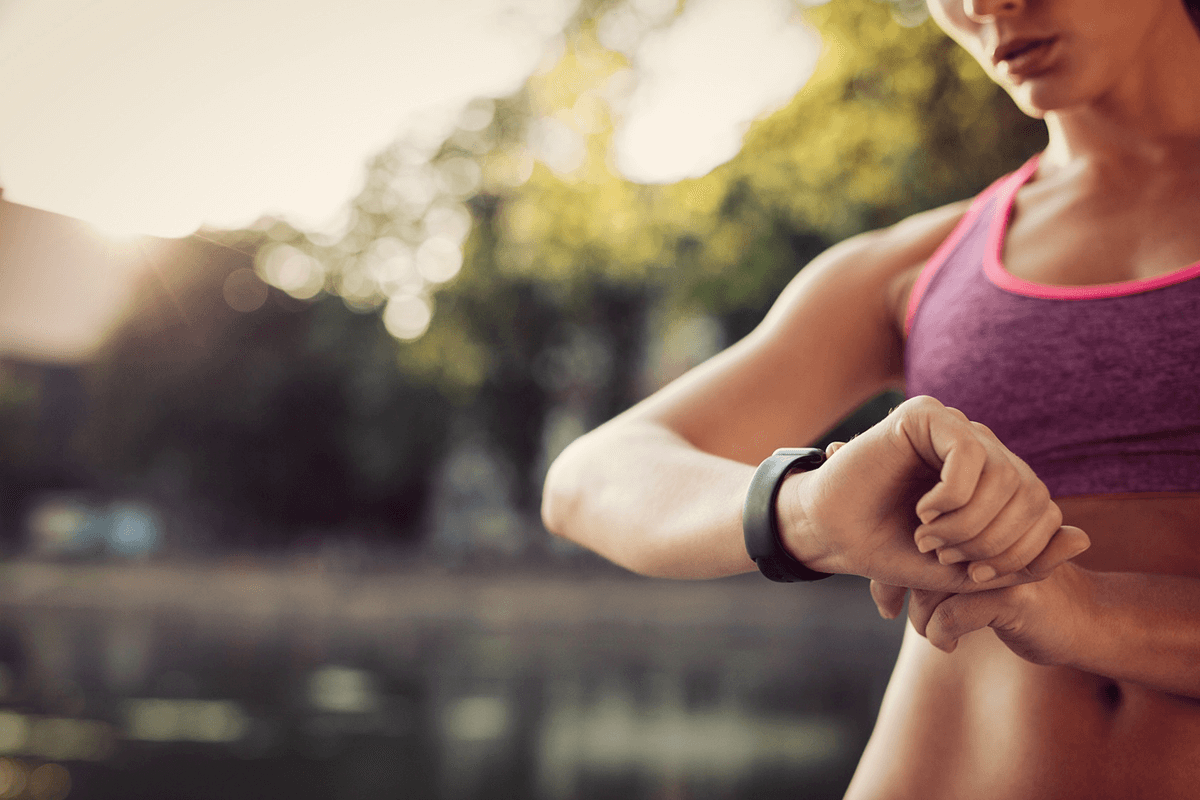While exercise is imperative for good health, getting motivated to exercise is often one of life’s biggest challenges. Even the most dedicated runner or cyclist struggles at times to get on the road or lace up those shoes.
While there are running and cycling clubs where amateurs can meet friends or mentors, coordinating schedules isn’t always practical especially if you travel for work or are in a rural area without access to a network.
Don’t fret. Technology has replaced real people or at least can help you keep in touch with your exercise partners even if you aren’t seeing them face-to-face.
Over the past decade technology has improved tremendously from rudimentary pedometers to GPS tracking, sophisticated smartphone apps that will analyze all the relevant statistics concerning your workout as well as keep you connected with athletic friends.
There are at least a dozen smartphone apps that will help keep a log of your workouts. I suggest using one frequented by your friends so you can keep tabs on each other, offer encouragement and compare workouts.
Some of the best free crowd sourcing exercise apps are Strava and Map My Run; both apps have running and cycling options. The apps track your workout mile by mile, recording split times, pace and calories burned as well as drawing a precise map of your run or ride. Your friends can follow you and see every workout you do and make comments on your timeline, which looks much like Facebook.
The apps work on Apple and Android platforms including smartphones and smartwatches and sync with social media accounts.
Fitocracy is a similar exercise recording app except it takes gaming one step further. You and your friends can set up a competition, score points and gain achievements. You can post your workouts in your social media streams to show non Fitocracy users what you are doing.
Fitocracy is a smartphone app that helps people record activity.
Many people have moved beyond GPS activity watches that were basic tracking devices to record the distance and speed of your activity, but couldn’t connect you to friends or allow you to easily share the information on social media.
Enter Fitbit, the new must-have exercise gadget. It does much of what an exercise app on a smartphone does except it is also a heart rate monitor via a lightweight bracelet. It’s less cumbersome than running with a smartphone and can easily link to your smartphone Fitbit app via a wireless connection. You can also keep a food diary for accurate calorie counting and set up goals to earn badges. A basic version of this device can cost $150 and has a small screen.
The Garmin brand makes a variety of different watches to record motion activity.
The granddaddies of all GPS-based exercise recording devices is Garmin, a company that also makes GPS trackers for cars. The Garmin Forerunner 225 is a running watch with a wrist-mounted heart rate monitor. This watch works all the time and will track indoor distances with an accelerometer as well as monitor calories all day. It can do live recording and post to social media accounts. This watch costs about $300 and has a full face-sized screen.
The Pebble Steel smartwatch can record athletic activity and act as a heart rate monitor.
Some athletes have moved beyond smartphones to smartwatches. Apple has one as does Pebble Steel. This smartwatch has a color screen and offers a datebook, weather updates, news alerts, missed phone calls, seven day battery life, is water resistant up to 30 meters and has thousands of apps. It can also keep track of workouts with the right app and monitor your heart rate. It syncs with Apple and Android phones. The price is $250.
The Jawbone Up2 is a discount activity tracker in bracelet form. Unlike the Fitbit it doesn’t have a screen, but it does sync with Apple and Android smartphones. It costs about $80.
The newest entry on the wearable activity tracker scene is Apple Watch. At $349 for a basic model it’s also one of the most expensive devices. You need an iPhone to run many of the watch’s functions like the phone, but it does have fitness tracking sensors. It has an accelerometer for indoor tracking as well as a heart rate monitor that uses infrared and LEDs. An activity app can show calories burned and monitor how long you have been standing. The workout app tracks more basic running and cycling data.
